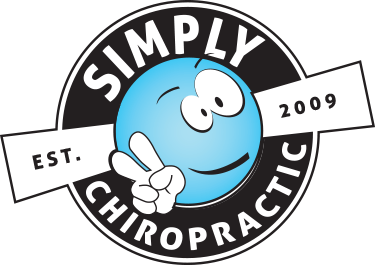When my husband threw his back out years ago, he started receiving chiropractic adjustments regularly to treat the inflammation and pain around his spine. Although he still kept his appointments with our regular family doctor, every time he saw his chiropractor he always left feeling more flexible and a lot less pain.
Seeing a chiropractor regularly can also improve other problems in your body that may seem unrelated to the spine. For example, if you have chronic migraines, sleep difficulties or attention problems, keeping your spine in a healthy alignment may help these issues improve over time. Think of your spine like a motherboard connected to all the nerves in your body. When your spine functions properly, all the other areas in your body will work better, too!
But, chiropractic care isn't just for grownups anymore. More parents are taking their babies in for regular treatments. According to the American Chiropractic Association, a 2009 survey data indicated that the percentage of chiropractic patients younger than 17 years old had increased by 8.5 percent since 1991. If your little one suffers from colic, had an especially difficult delivery, suffers from chronic ear infections or has special needs, chiropractic care could help them.
Baby Chiropractic Treatments and Benefits
As a parent, you might worry that if you take your baby to a chiropractor that someone will start pressing down really hard on your baby's delicate back. Seeing someone working on the spinal column of your little baby without understanding the process could trigger your protective instincts. In actuality, chiropractic care for babies and children involves using a very gentle type of treatment that carefully manipulates your baby's spine without causing injury or harm. Chiropractors often use specialized adjustment instruments in a mild and soothing way while targeting specific areas along your baby's spine that appear abnormal. Your chiropractor will not treat the cause of your baby's health problems but will simply help reduce stress caused by a misaligned spinal column so that your baby's body can function properly and heal more quickly.
According to the American Chiropractic Association, Sherman College of Chiropractic , chiropractic treatment may benefit children who suffer from:
Constipation
Bed wetting
Chronic ear infections
Immune deficiency issues
Difficult or medically induced birth
Birth defects
Failure to thrive
Weak latch and other nursing issues
Asthma and Allergies
Breathing difficulties
Trauma or injury
Recovery from an illness




















